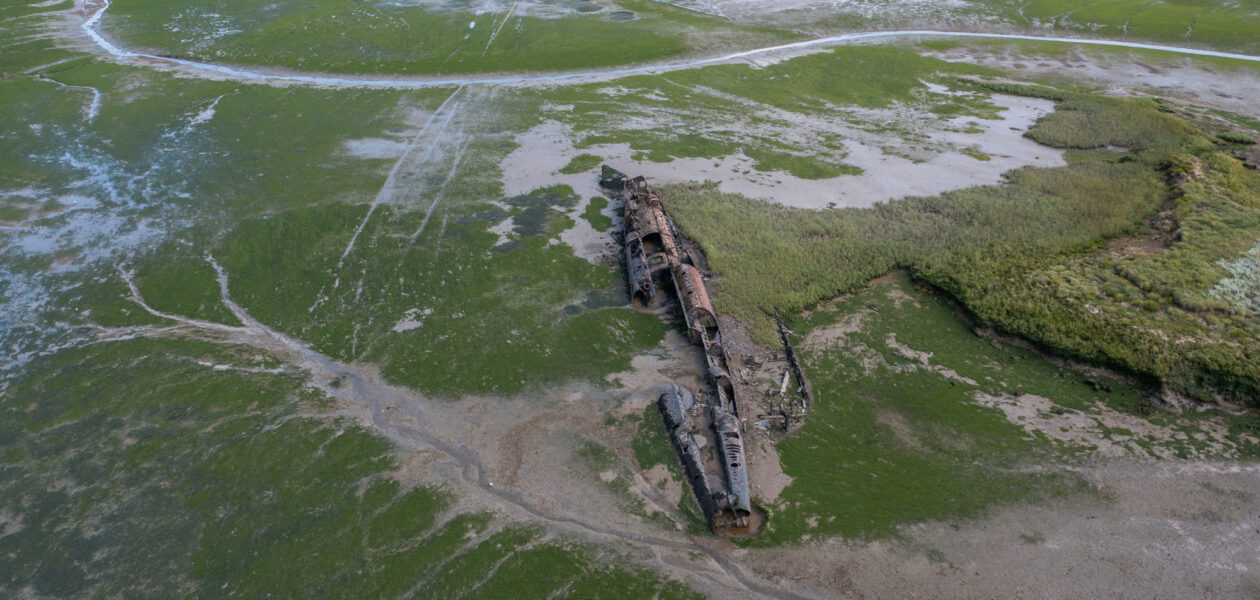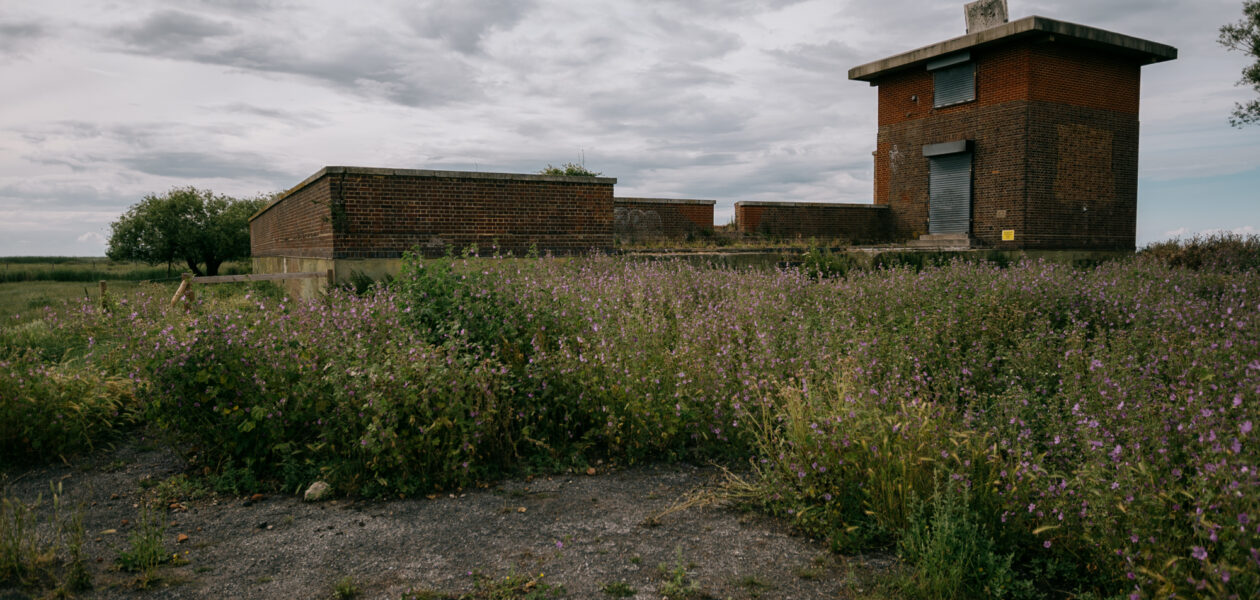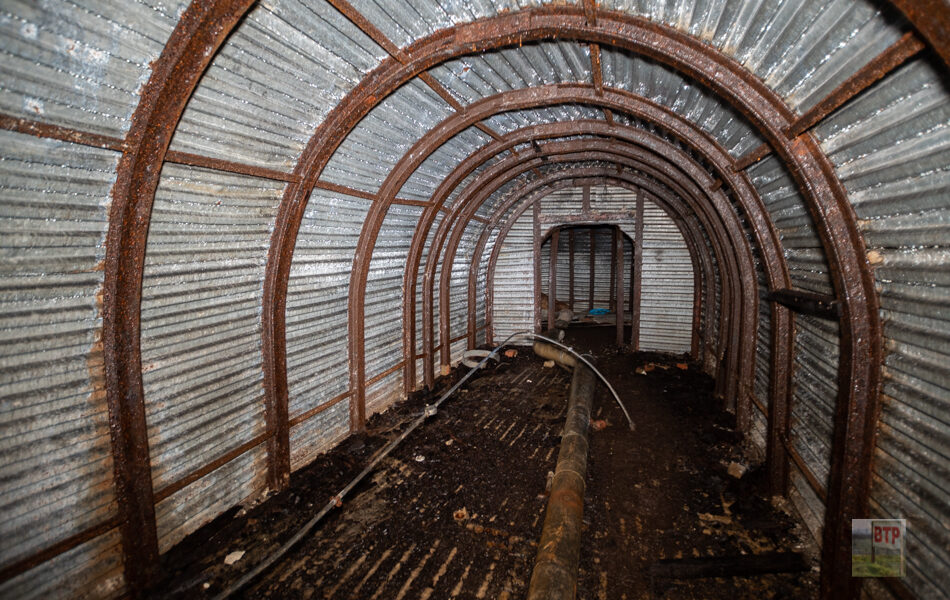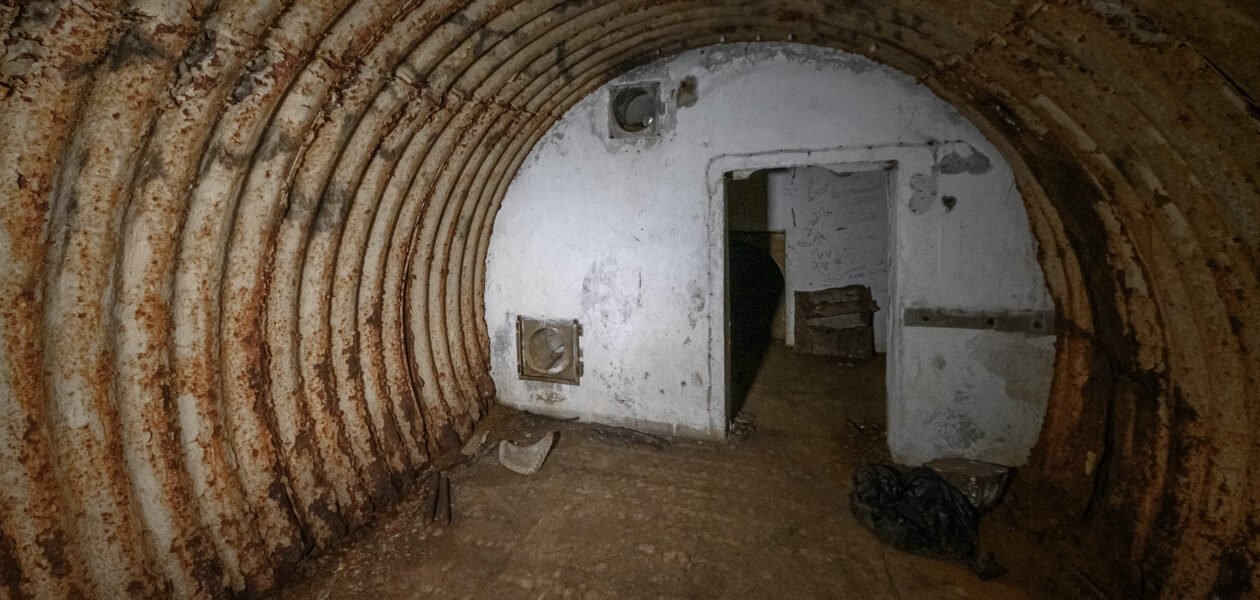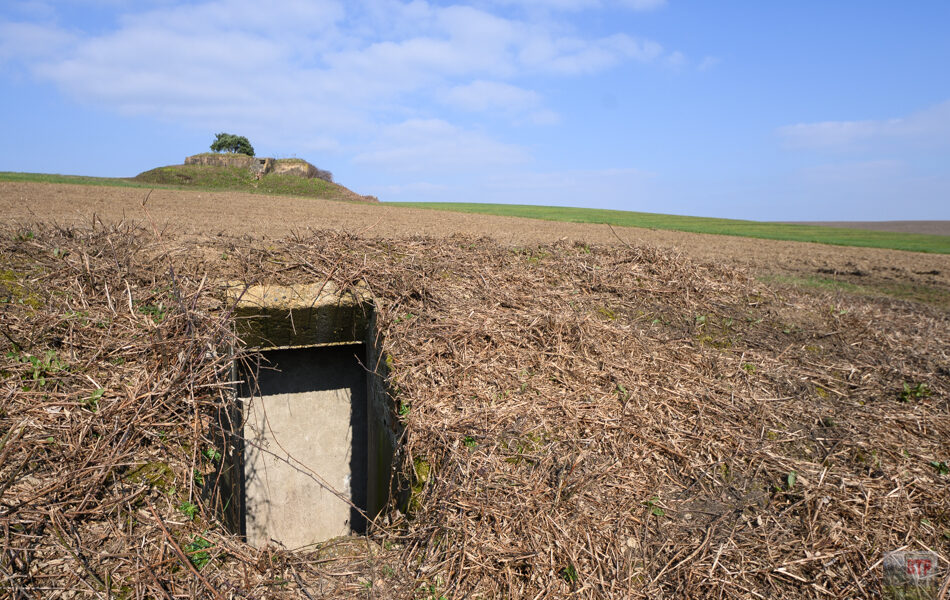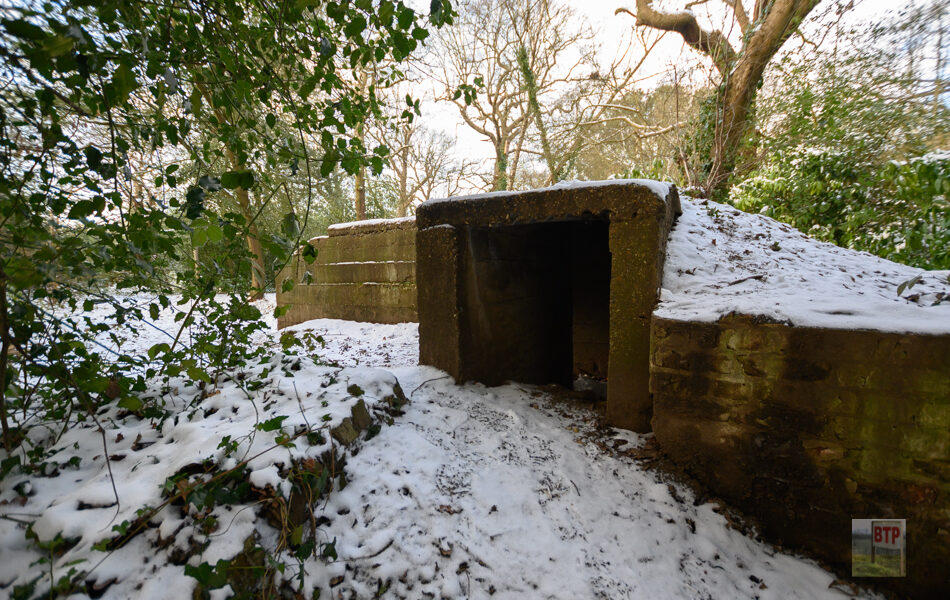Medway UB-122 Submarine Wreck
SM UB-122 was a World War One German submarine, or U-Boat, in the German Imperial Navy which was first commissioned in March 1918 after a year of construction. The 183ft warship was armed with 10 torpedoes and a 3.46 inch deck gun which would have been operated by the 31 men and 3 officers onboard….
View More
